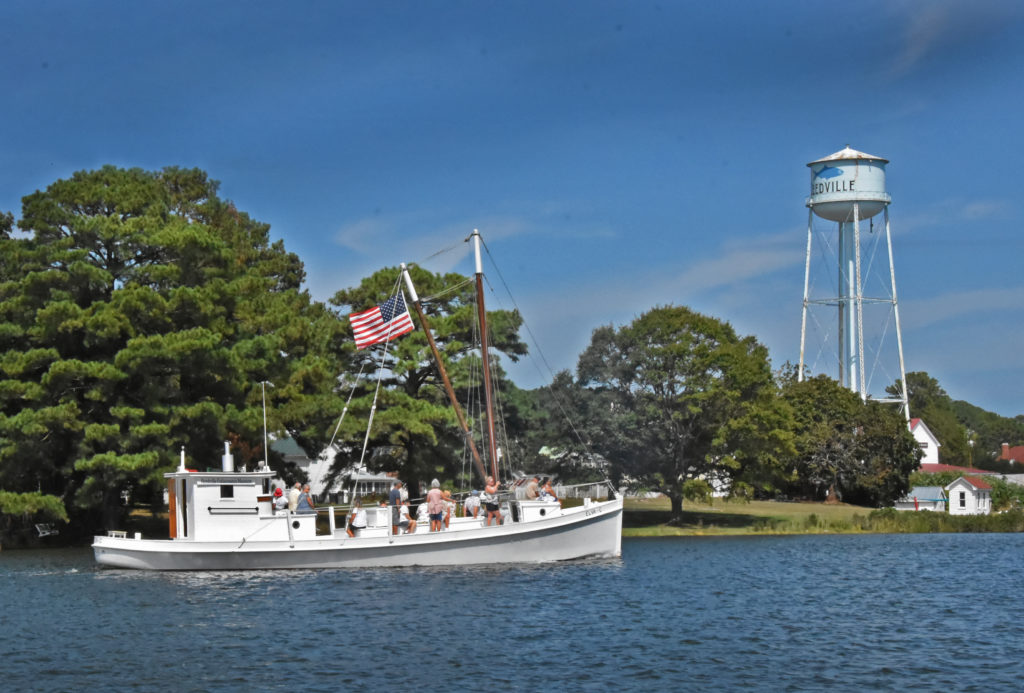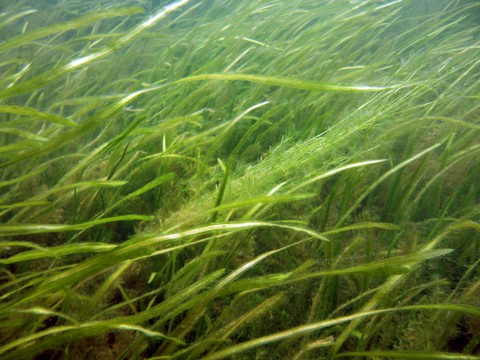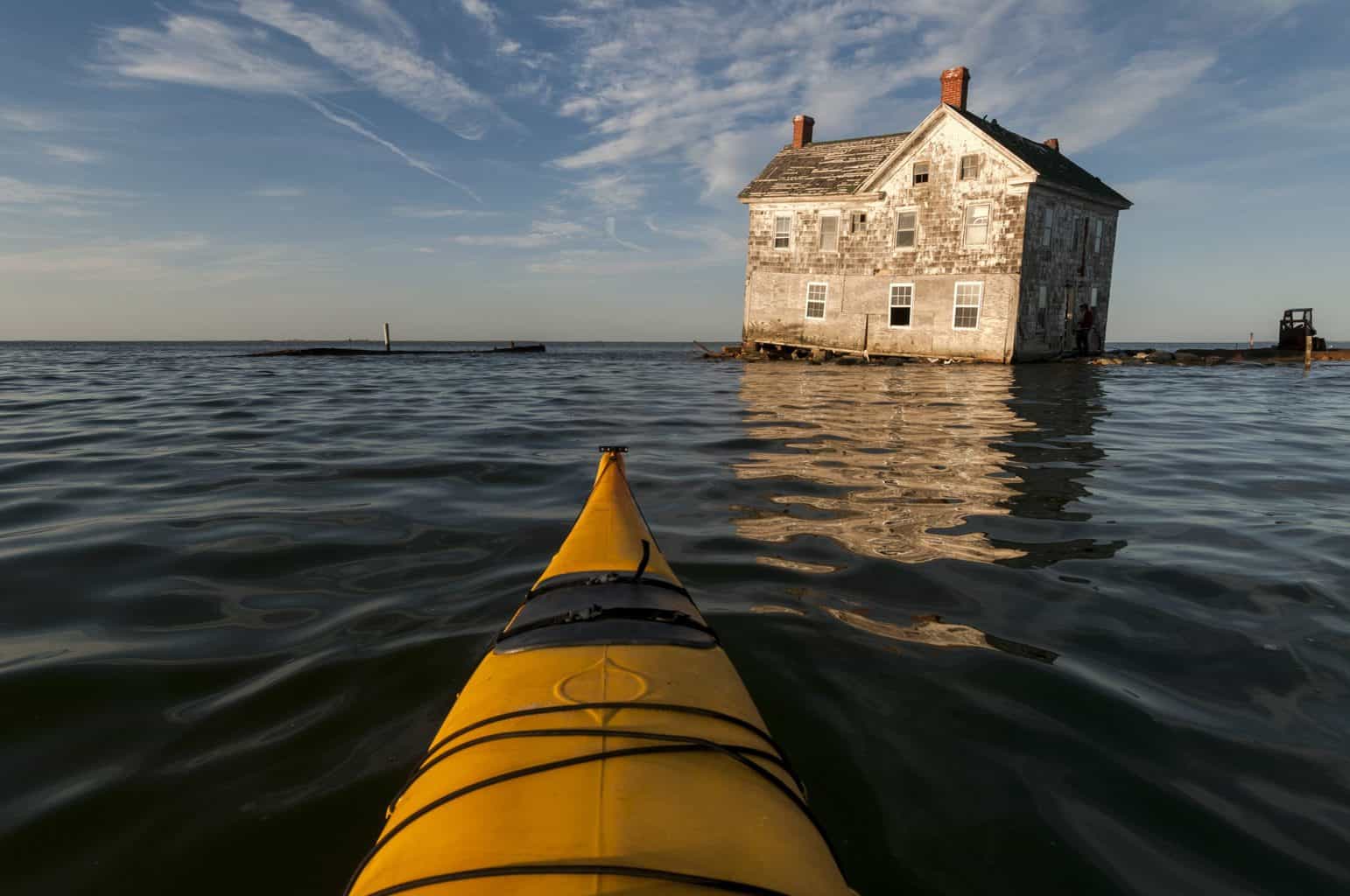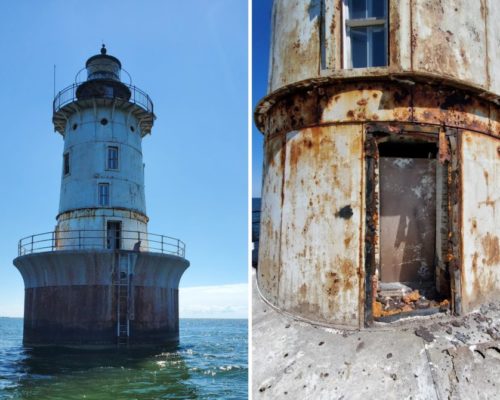The Reedville Fishermen’s Museum celebrated the 100th birthday of the buyboat Elva C at its annual Reedville Classic Boat Show earlier this month.
The museum owns and maintains the vessel, which is home-ported in Reedville. Chesapeake Bay buyboats, also called deck boats, were the largest wooden motor-powered deadrise/cross planked workboats built on the Bay. More of these boats were built in the decade of the 1920s than any other period and it is estimated there were as many as 2,000 in existence.
Today, there are an estimated 40 still around. The boats got the name buyboat because the vessels were used as a platform to purchase fish, crabs and oysters from watermen working out on the water. The boats were also called deck boats because they had planked decks with a house/pilothouse build up on the deck and positioned near the stern. The term deck boat is more universally appropriate because not all deck boats were used as buyboats.
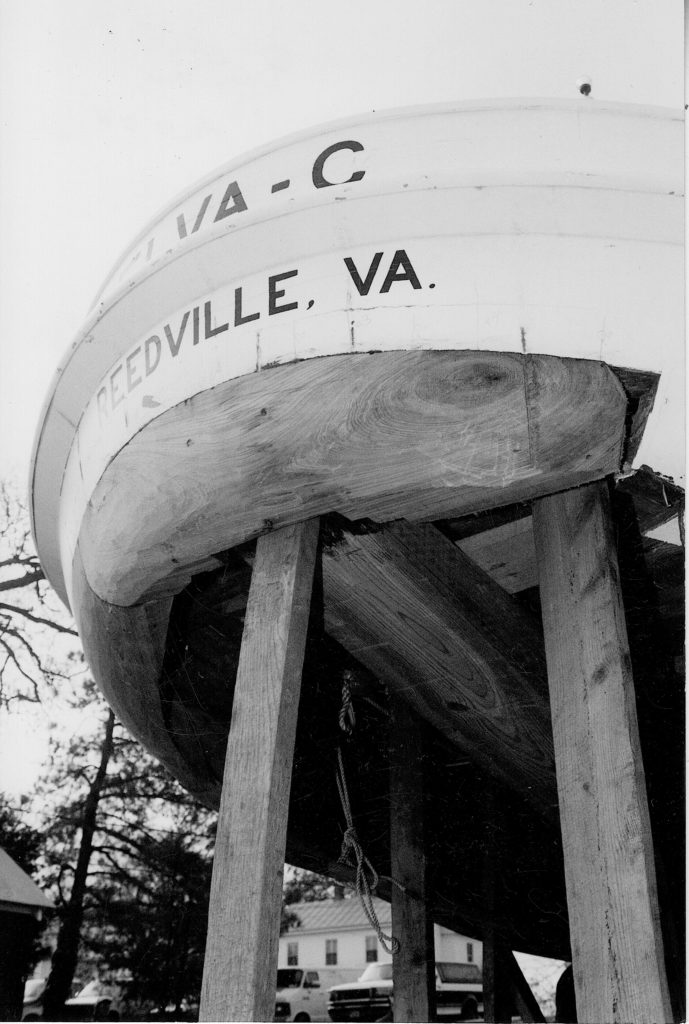
the builders log canoe boatbuilding heritage. Photo: Larry Chowning
When looking at the pedigree of a Chesapeake Bay wooden boat there are a number of things that one might look at. Naturally, you look at the builder and the year the boat was built. When looking at the builder, it is not just the year he built the boat but the year he was born that is often significant. The Elva C was built in 1922 by Gilbert White who was born in 1869 in Mathews County, Va.
White started his boatbuilding career building log boats in Mathews and around the turn of the 20th century moved to Lancaster County, Va. White was building boats around the time the internal combustion engine was introduced and Bay boatbuilders were shifting away from logs to planks.
He was a pioneer, along with many others, in the development of V-bottom, cross-planked wooden boats on the Chesapeake Bay.
When White built Elva C was built in 1922, he was 53 years old and at the peak of his career. Evidence of his log canoe heritage can be seen in Elva C’s defined elliptical stern made from large log chunks.
The Reedville Fishermen’s Museum is one of several museums on the bay that have demonstrated a will to maintain and keep these boats alive for posterity. Others are the Chesapeake Bay Maritime Museum (1920 Winnie Estelle and 1909 Old Point); Calvert Marine Museum (1899 William B. Tennison); and Deltaville Maritime Museum (1924 F. D. Crockett).
Hats off to all these institutions and happy 100th birthday to the Elva C.
-Larry Chowning

